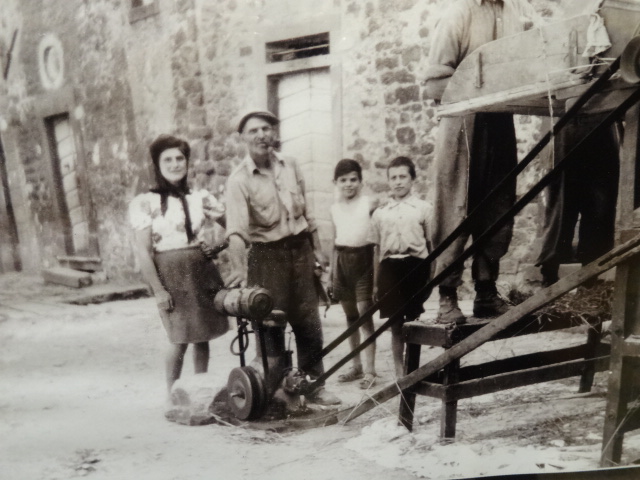
Today’s photos are from a post on this date in 2013. For more, please click here.
It’s noon on Friday. We just finished a nice breakfast of bacon and eggs and will dine out tonight at Brownwood Paddock Square. We plan to arrive after 5:00 pm when the outdoor karaoke has ended, and most likely, we’ll be able to get two seats at the bar. As usual, we’ll stay about an hour and then head to Cody’s Original Roadhouse for yet another hopefully good dinner.

This will be our last Friday night out in The Villages since we arrived almost three months ago. We accomplished what we came here for…renewing our ten-year passports and, in the process, seeing several of our friends who live in Florida. We didn’t have an opportunity to see all of our “snowbird” friends who come to Florida in the winter to escape the cold weather up north.
By the time we arrived at the end of April, some of our friends had already left for cooler climates during the summer months. Once we’re in Minnesota for a month in September and part of October, we’re hoping to see some of those friends, those who may not have left yet for the upcoming winter.

This will be our most extended stay in Minnesota since we began our travels in 2012 which will give us lots of valuable time with our family, including our grown kids and grandkids. Plus, Tom has many family members in Minnesota, including. His sisters spend the summer and early fall in Minnesota before they head to Arizona for the winter to get away from Minnesota, the frozen tundra.
Today is easy with two loads of laundry washing and drying and with little else to do. Soon the Salvation Army will pick up my eight pounds of clothes. After sending Tom’s suits and my dresses yesterday, we’ve lightened our load by about 14 pounds, 6.35 kg.

When we begin packing on Monday, we’ll have a better idea of our baggage weight and can make any adjustments we may need before departure. We’ve added some new items while we’ve been here, but nothing of any substantial weight. The heaviest was my white jeans for “white night” on the Azamara cruise, coming up first.
On the Azamara cruise, guests can use laundry facilities for a fee. On the next cruise, Celebrity, we have a high enough rating for their Captain’s Club to each get one complimentary bag of laundry and two dry-cleaned items, and one pressed item each.
This morning, I tried something new for my head, a freezer hot and cold pack. I’d tried cold, and it helped, but nowhere near as much as the heat helped. As a result, I ordered a neck and head heating pad from Amazon that heats using a UBS plug. Thus, I can use it on the plane and in our hotels and cabins without needing a microwave to heat the gel packet. Also, it will work plugged into my portable charger.

I’m continuing to do acupressure exercises and particular movements to improve the condition, which is about 50% better than weeks ago. I hope the improvements will continue over time.
That’s it for today, folks.
Be well.
..Photo from ten years ago today, July 21, 2013:

























































































